Thanthirimale
is a small village which lies in thick jungle approximately 40 km away from
Anuradhapura. The temple in Thanthirimale is both religiously and historically
significant and still attracts thousands of pilgrims during Poson. The history
of Thanthirimale is said to date back to the 6th Century BC.
References
to Thanthirimale can be found in the Mahavamsa in the sections that describe
the Bo (Ficus religiosa) sapling being brought to Sri Lanka during the reign of
King Devanampiyatissa. The Bo tree in the temple is said to be a sapling from
the sacred Bo tree in Mahamewuna Uyana.
There
are five ancient Buddha statues, four of which are incomplete (6th image on the
post), on the temple premises. The largest of these is the sleeping Buddha
(photograph above) which has been carved out of the rock. Surprisingly, the
proportions of the statue seemed to be incorrect as the legs look short when compared
with the size of the upper body. This is the first time that I'd actually seen
an ancient statue that was out of proportion.
The
remains of an ancient library have been found on the premises. A number of rock
huts and caves, which have most probably been used for meditation by monks for
centuries, have also been discovered on the site.
In
1909 archeological evidence was found in a cave close to the temple which suggests
that a prehistoric civilization existed in this area. The evidence included
fragments of cherts, a piece of crystal and drawings, which are still visible,
on the walls of a cave.
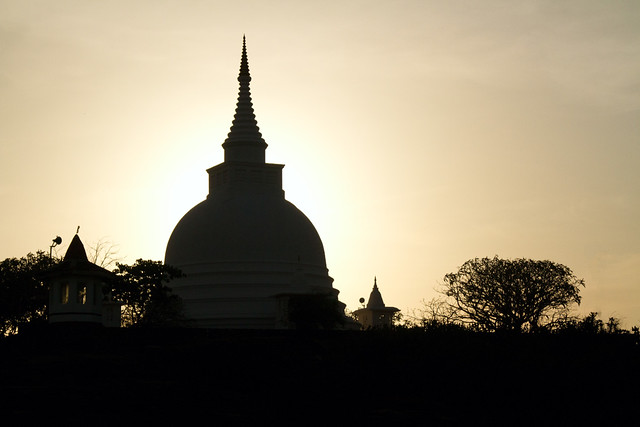









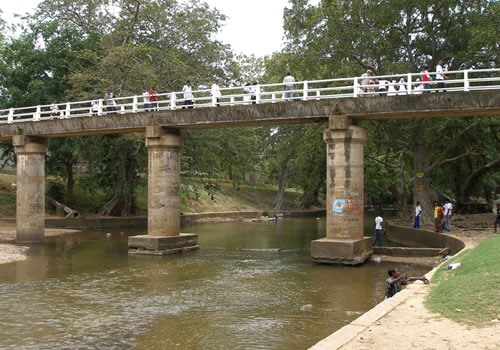


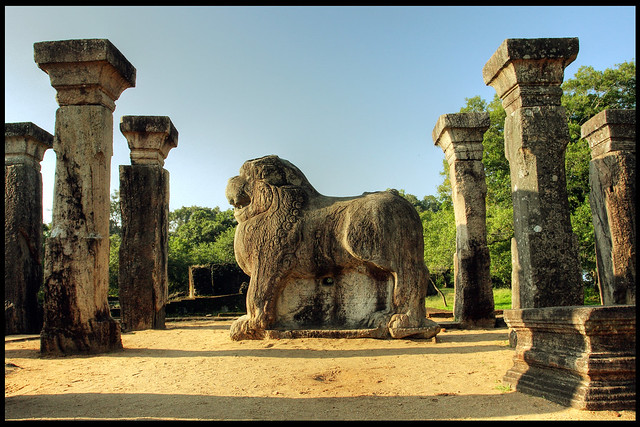


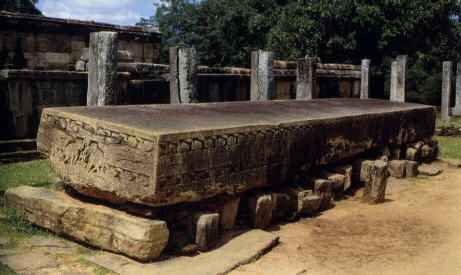






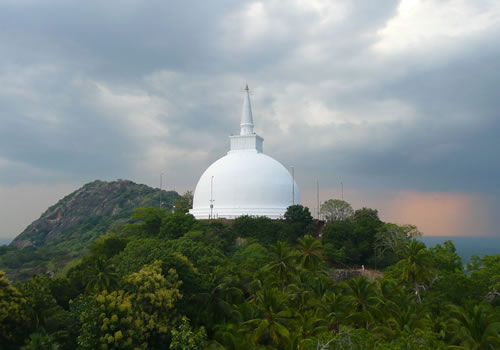

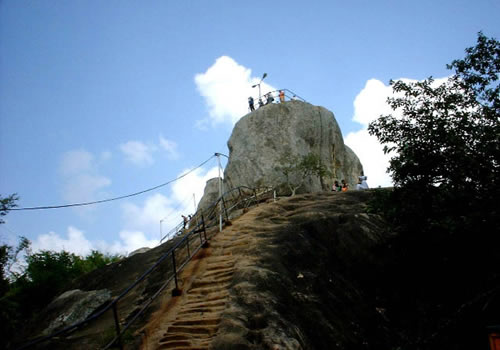












.JPG)


.jpg)






